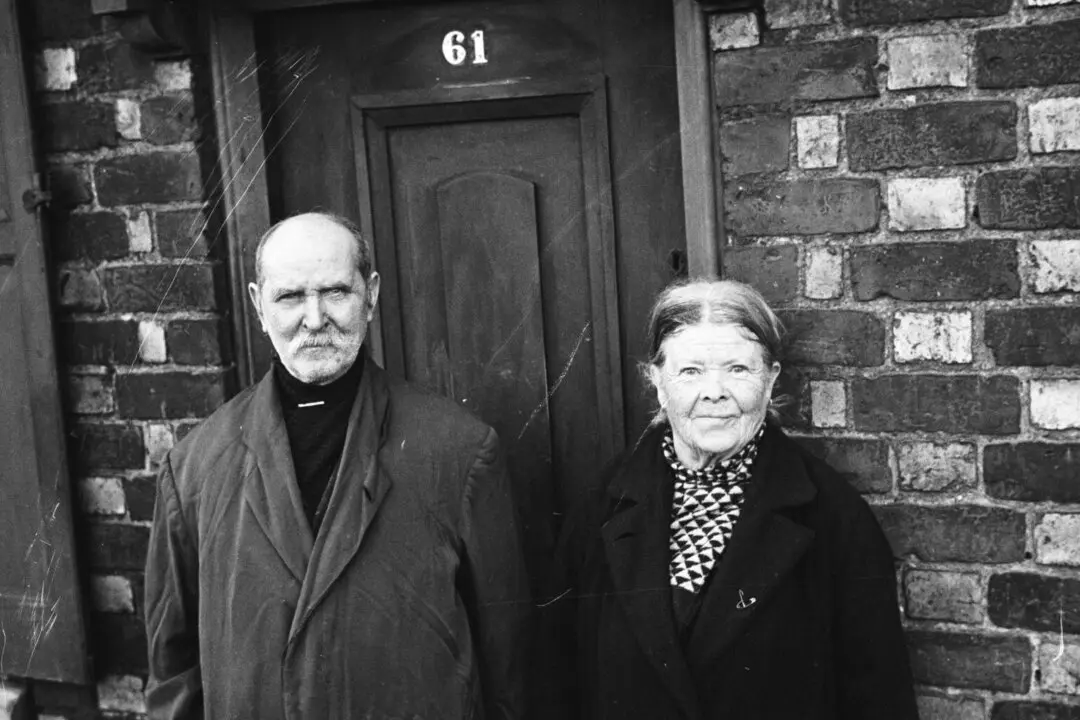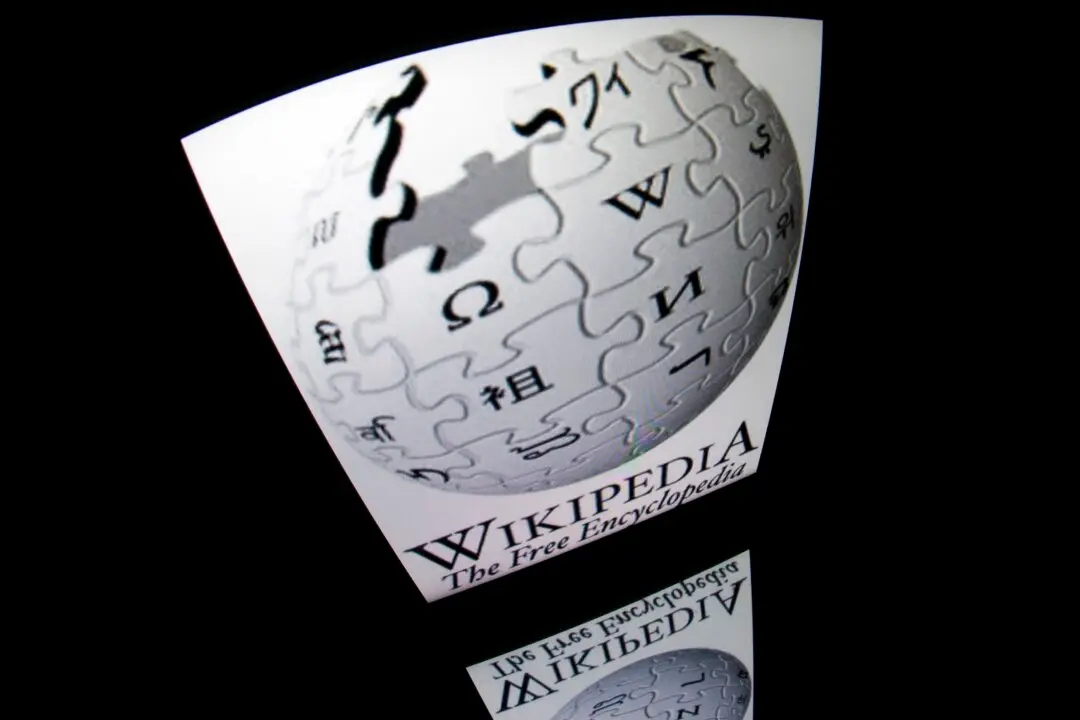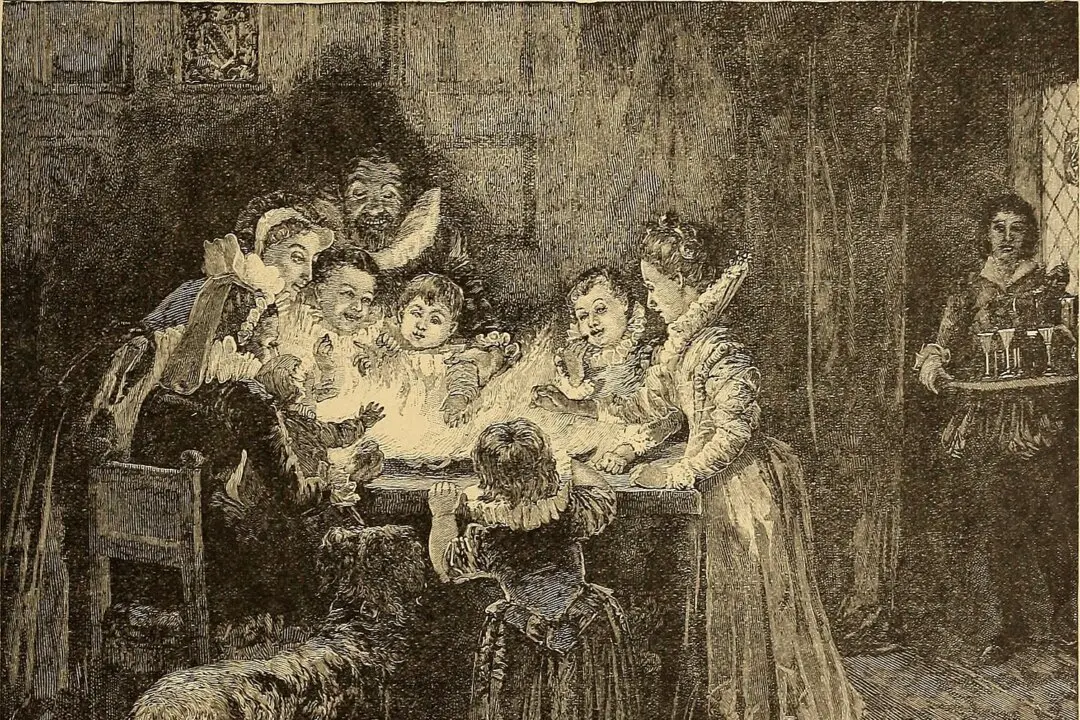A special thrill accompanies stories of audacious adventurers surviving on a desert island by their wits, resourcefulness, and courage. Young readers in particular seem to relish these tales of survival against all odds, especially when they feature young heroes. When children or teens read these works, they can imagine themselves as the protagonists: What would I do if I were alone on an island without my parents? Could I make it? These imaginary expeditions help young readers think about what it means to be independent, develop confidence, and foster resilience.
When a protagonist is pitted against natural forces in a life-or-death situation, their character is stripped back to its bare essentials, its raw humanity. Survival fiction allows for a unique approach to human psychology and exploring certain themes, such as humanity’s relationship to the natural world, the qualities of human society and its absence, and the human person as sojourner in the island of the world. So there is much for adults to consider in novels of island survival as well.






